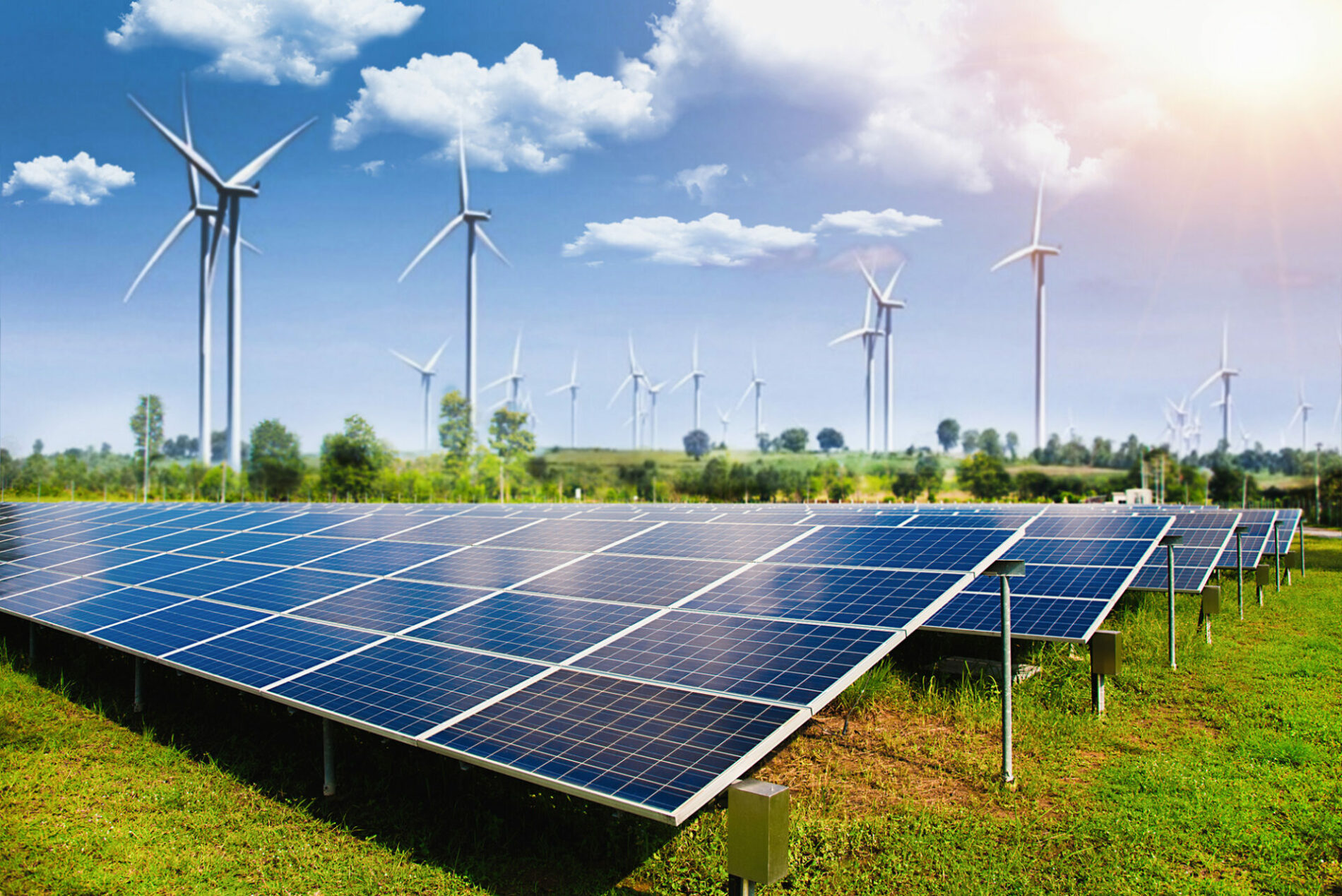Across the modern industrial landscape, one factor remains constant. Despite the unrelenting challenges that are seen in areas such as workforce, supply and red tape, no industry can operate without a source of power. This power, however, comes at a cost. Financial considerations, sustainability, and environmental impact are all vital and necessary metrics for the development and use of power sources. Unfortunately though, this triad of considerations rarely balances equally. The most sustainable power sources, the environmentally neutral ones, tend to come at the greatest financial cost. Despite the understanding of a global community around the importance of careful environmental stewardship, in business, the bottom line can be what matters most.
Paul Breeze, an environmental and science journalist and consultant, believes that the power industry is inextricably linked to all other elements of human development. This link, he says, has developed and changed over time. “The power industry has a major impact on the global environment, and awareness of this has grown steadily since the middle of the 20th century. Since then the effects of acid rain, of nuclear accidents and more recently of global carbon dioxide emissions on the environment have prompted major changes within the industry.” According to Breeze, civilization is too much invested on its current path to deviate now, meaning we need to find alternative solutions within the context we find ourselves. “Although the industry can adapt to mitigate these effects, power generation is such a large operation that will always have an impact on environmental conditions. This is inevitable if the world is to have electricity and it is impossible to imagine the global population deciding to do without the advances it has made possible.”

It is not just the generation of power that is proving to be a challenge, however. Solar, wind, and waves can all produce vast amounts of power and are capable of maintaining the global community’s needs. The unfortunate reality however, is that much of this energy is wasted because it cannot be used quickly enough. According to the U.S. Department of Energy, the United States alone will need to add hundreds of gigawatts of energy storage by 2050 to meet its clean energy goals. In fact, the race is on to ramp up storage capabilities if it is to achieve its targets. “U.S. energy storage capacity will need to scale rapidly over the next two decades to achieve the Biden-Harris Administration’s goal of achieving a net-zero economy by 2050. DOE’s recently published Long Duration Energy Storage (LDES) Liftoff Report found that the U.S. grid may need between 225 and 460 gigawatts of LDES by 2050, requiring $330 billion in capital on the same timeline. These figures are in addition to the nation’s utility scale short duration storage needs, which will be about 160 gigawatts by 2050, according to the reference case from the U.S. Energy Information Administration’s 2023 Annual Energy Outlook.”
Clearly, storage of this power is a problem. Saving energy for a time when it is required, that is what will make or break the drive for Net-Zero. But, how is that a problem, you may ask. The battery has been a staple of human life for over two centuries. It is not as simple as that, though. The batteries we produce and consume are developed with one thing in mind; size. From phones to EVs, computers to appliances, small batteries are the key to success. They bring portability, efficiency and ease of use to a sector that prides itself on its reliability. When it comes to storing naturally produced energy, the batteries we currently have are not fit for purpose. The challenges don’t stop there either. If large scale batteries were to be produced, their location, management and upkeep would be a hugely significant consideration.
So, is there an alternative? What would happen, for instance, if we looked to other sources of power storage? Large scale natural objects that could charge, generate and store power. What we might lose in portability, we may gain massively in efficiency and power. According to some exciting developments across the energy sector, large scale batteries that use the world around us as storage could just be the key to unlocking the cyclical nature of solar and wind farms.

Advanced Compressed Air Energy Storage is a relatively new technology that works by storing excess energy as compressed air in underground caverns. This air can be returned to power turbines in periods of low sunlight or wind. Effectively making it an underground energy storage system. Canadian company Hydrostor is working to develop the world’s A-CAES system in Kern County, California. “Our patented A-CAES technology allows grid operators to draw on clean energy, even when there is no sun to fuel solar panels and no wind to generate energy from turbines.” The project will see two football field sized caverns excavated 2000 feet under the earth. Using surplus renewable energy to run air compressors that heat and squeeze air to a smaller volume, the system works by releasing the air when needed to spin electricity generating turbines. In essence, these holes underground become natural batteries.
According to the company, there are enormous benefits to a technology it describes as being “the missing piece of the puzzle.” It is a low-cost option that can be built either as a stand-alone project or at a large scale. Not only that, it has an operational lifespan of over fifty years. It is an emission free concept which uses no fossil fuels and is a proven technology is the development and storage of sustainable energy. For Hydrostor, the Kern County project is a huge turning point. The project is expected to deliver around 500 megawatts of power per hour for eight hours before the system needs to “recharge.”
While this technology is both proven and achievable, it has not yet been adopted on a wide-scale. Concerns remain about the environmental effect of digging vast caverns underground while some environmental groups are eager to analyse the effects on above-ground eco systems. Despite this, A-CAES is gathering speed and the landmark project in California could be a turning point for the energy sector.


















